Mammals – Classification
Scientists disagree on a strict classification model for the 4,500 – 5,000 mammal species. The simplest form of classification is the three different methods of reproduction – placental, marsupial, egg-laying. However, since the majority of mammals are placental – young are fed by a placenta during pregnancy – this classification seems insufficient. The groups below represent the most common types of classification.
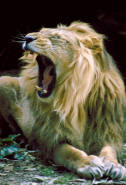
Carnivores
Carnivores are meat-eaters. They have sharp claws and teeth with which to kill their prey. This group includes cats both domestic and big cats, dogs, wolves, hyenas, bears, foxes, walrus and bats. Cetaceans are also carnivores but they have their own category.

Cetaceans
Cetaceans are mammals that live in water. Their limbs have adapted into flippers and they are virtually hair-less but otherwise share the same characteristics as other mammals. Whales, dolphins and porpoises are included in this group.
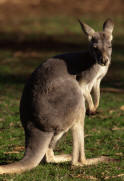
Marsupials
Marsupials are mammals that are born undeveloped then mature in a pouch. Marsupials are found in Australia, New Guinea, some Pacific Islands and South America. Kangaroo, wallaby, possum, opossum, koala bear, Tasmanian devil, marsupian mole and bandicoots are all included in this group.
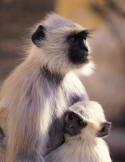
Primates
Primates are mammals that have unique features including: five digits on hands and feet including thumb and big toe all of which have nails, a brain with a well-developed cerebellum, generally give birth to just one baby per pregnancy and forward facing eyes. Lemur, bushbaby, marmoset, tamarin, capuchin, monkey, macaque, baboon, gibbon, ornag-utan, chimpanzee, gorilla and humans are all included in this group.
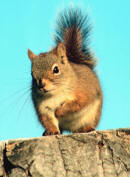
Rodents
Around 40 percent of all mammals are rodents. Rodents are characterized by having two incisor teeth that grow continuously and have to be kept trimmed by gnawing. Mice, rats, porcupines, beavers, chipmunks, guinea pigs and voles are all rodents.
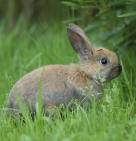
Small Mammals
This category is used for small mammals that do not fit into any other category. It includes rabbits, meerkats and otters. Most rodents, some marsupials and a few carnivores are also small mammals.
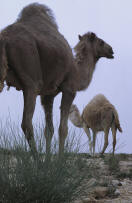
Ungulates
Ungulates are animals that have hooves. Ungulates can be further split into –
odd-toed ungulates – have an odd number of toes and are also grazing animals – horse, donkey, zebra, tapir, rhinocerous
even-toed ungulates – have an even number of toes – pig, hippopotamus, giraffe, deer, antelope, goat, cow, sheep, llama, camel
aardvarks, hyraxes and elephants
Harvard Reference for this page:
Heather Y Wheeler. (2015). Mammals – Classification. Available: https://www.naturalhistoryonthenet.com/Mammals/classification.htm. Last accessed Monday, July 18, 2016
Mammals Pages
Features
Classification
Mammals A – Z
